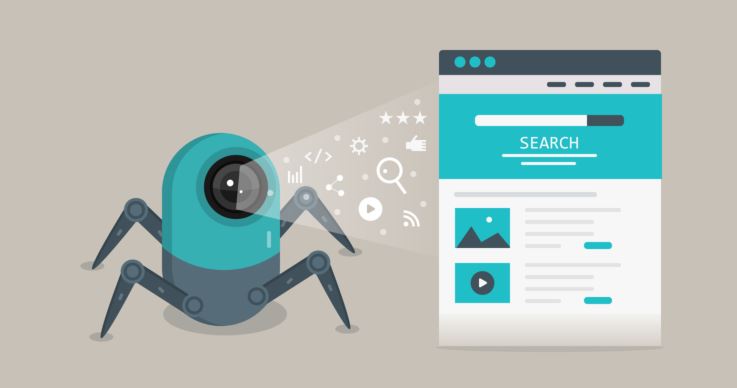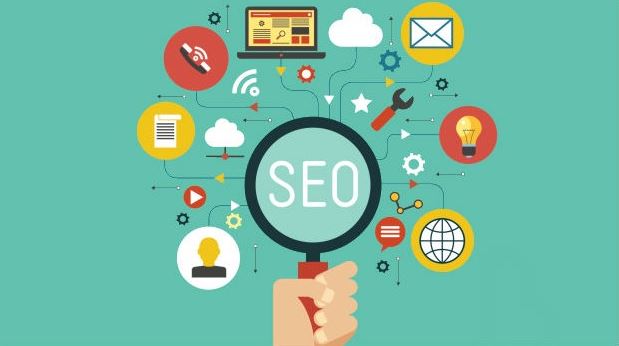Can you remember the last time you made a purchase? Everyone buys stuff all the time, but I’m not talking about basics like groceries or a pack of gum. I’m talking about buying something that needs a little more consideration – like a new laptop or treadmill.
Do you remember the thought process behind your decision to finally take a leap and make that purchase?

We all do it but it’s not something people give a second thought to. While it may seem like a simple matter of indecision this thought process is something that people in marketing call “The Customer Lifetime Journey”. And it plays an important part in how businesses operate.
What Does “Customer Lifetime Journey” Mean?
The customer lifetime journey is a phrase used in digital marketing to describe the steps a customer takes when deciding to make a purchase. This also includes how likely a customer is to stay loyal to a brand, product or service in the future.
A customer’s lifetime journey starts as soon as your brand grabs the attention of a potential customer. In order for your brand/business to be competitive in today’s market managing and maintaining the customer’s lifetime journey is extremely important.
How Does The Customer Lifetime Journey Work?
By understanding the customer lifetime journey your brand/business can maximize revenue for potential and existing customers. In order to do this in the most effective way possible the best place to start is by understanding the stages of the customer’s lifetime journey.
-
Stage One: Reach
In the first stage of the customer’s lifetime journey is making contact with a potential customer for the first time. In digital marketing reaching a new customer is achieved through social media, Google Ads, a blog post that’s gone viral, or a mention from an Influencer.
In order to reach new customers your marketing strategy needs to be on point. Your digital ads, social posts and blogs need to show up in the right places so that your intended target audience will see them.
Reaching new people is very important to the survival of a brand because this is when your brand grabs the attention and begins a relationship with a new person.
-
Stage Two: Acquisition
Once your marketing strategy has gained the attention of potential customers the next step is acquisition. The aim of this stage is pretty self explanatory. To make an acquisition you need to refer people to your website. The aim is to convert them into happy customers.
It’s important to note that people visiting your website have a specific requirement in mind. This is where your brand needs to demonstrate its understanding and provide a solution that can successfully fulfill their needs. Your site should have processes in place that will encourage them to convert to the solution that best fits their needs.
-
Stage Three: Conversion
In the conversion stage your newly acquired lead turns into a customer. The best way to ensure that this happens is to concentrate on being helpful and providing value to your customer. This will help to build your relationship as opposed to just trying to make a quick cash for product exchange. If your customer feels valued and satisfied with the overall experience the sale is pretty much guaranteed.
-
Stage Four: Retention
Once you have gained a new customer the next step is to retain that person as a customer well into the future. This requires you to build and nurture the relationship. This can be done by keeping in contact with the customer through follow-u emails and courtesy calls.
You can also try to create ways to cross-sell or up-sell to that person. But never overdo it because no one likes a pushy sales person.
-
Stage Five: Loyalty
The ultimate aim of the customer lifetime journey is to turn people into regular customers who are happy to buy from you on a regular basis. This ideal customer would also recommend your products / services to family and friends. Unfortunately, not everyone will reach this stage, but you should try acquiring and guiding more customers toward the last stage of the journey.
Visualizing the sales funnel
Another way to look at the customer journey on digital marketing is to picture the sales funnel.
There are three parts in a marketing funnel them being the top, the middle and the bottom of the funnel. The marketing funnel looks like a pyramid except it is upside down. Your prospects will start at the largest part of the funnel and then filter down to the lower part of the funnel as they engage with your brand or organization.
Here is some common top of funnel content that customers who at the top of the funnel usually interact with:
- Informative videos
- Social media posts
- Social media advertising
The middle of the funnel
The middle of the funnel is where you can take your prospect from the awareness stage to the interest stage of the funnel. The goal is to get the user to your landing page where you can get them to convert. When they convert into a customer they will be coined as a qualified lead. – as you can see the middle of the funnel bridges the gap between the awareness stage and the purchase phase.
The bottom of the funnel
The bottom of the funnel is the most exciting part, and this is when they decide whether to do business with you. A conversion is the most widely used and popular way to gauge if you met your marketing KPI’s in this part of the customer journey.
These are other conversion goals you may want to add to the bottom of the funnel measurement:
Since bottom-funnel content is closest to the sale, you obviously want to track analytics around the conversion. Depending on what you sell, that might include:
- Total conversions
- Order value average
- Cart check-out rate
- Earnings per single lead
- ROI



